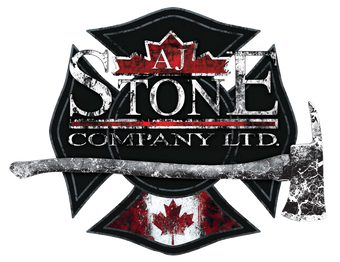Using Flow Meters and Pressure Gauges During Nozzle Evaluation
When you find yourself immersed in either of these tasks, it becomes evident that obtaining the most accurate and reliable information is of paramount importance. You might have encountered discussions about the utilization of pressure gauges and water flow meters for evaluation and testing purposes.
Are you wondering if they are necessary? We think they are – here's why!
Comprehensive Insight
When undertaking evaluations or tests on nozzles, it's possible to employ formulas to calculate flow rates and friction loss experienced. However, these formulas are not foolproof, they are subject to human errors and miscalculations if any inputted information is inaccurate. They often rely on knowledge of flow or pressure, and the sole method to accurately determine your exact flow or nozzle pressure is through the employment of flow meters or pressure gauges. Ultimately, lacking these two crucial tools hampers your ability to confirm whether your nozzle is performing as intended.Let's now delve into the specifics of flow meters and pressure gauges separately.
Flow Meters
A flow meter is a device that provides insights into the flow within your hose line. Flow meters hold particular importance in a couple of scenarios.
The second scenario pertains to a fixed gallonage nozzle. A flow meter proves immensely valuable when confirming that your nozzle's flow aligns with its rated flow within a range of +/- 10%. To achieve this, you'd set the nozzle to its specified base pressure and then utilize the flow meter to verify its performance falls within the desired range.
While these aren't the sole instances where flow meters prove useful, they illustrate specific situations where the inclusion of a flow meter becomes imperative for accurate nozzle evaluation. Notably, each of these scenarios involves pressure readings.
Pressure Gauges
A pressure gauge serves as a device enabling you to measure pressure at a particular point within your hose lay or directly at the nozzle. Similar to flow meters, pressure gauges play a pivotal role in verifying the nozzle's performance.
Selecting the Appropriate Pressure Gauge
It's essential to remember that different types of pressure gauges exist. NFPA 1962:2018 tests rely on base nozzle pressure, which constitutes a side wall pressure reading. This diverges from a pitot pressure reading extracted from the stream's center.Side Wall Pressure Gauge
A side wall pressure gauge comes in diverse formats, but the critical factor is that it measures pressure at the gauge's exterior wall. This feature holds significance due to pressure variations at different points in the water stream. The stream's center exhibits higher pressure (velocity) compared to the sides, owing to its greater velocity. Conversely, water closer to the sidewall experiences more friction loss as it contends with the hose liner's resistance, causing a decrease in pressure (velocity).
Pitot Pressure Gauge
Your handheld pitot gauge gauges pressure anywhere it's positioned within the water stream exiting the nozzle. Certain in-line gauges also rely on pitot readings. For determining smooth bore nozzle exit pressure, a center reading is crucial. This reading then facilitates flow rate calculation or reference through a formula.
GPM = 29.7 X D² X √NP
Flow Meter and Pressure Gauge Placement
Optimal Placement of Flow Meters and Pressure Gauges during testing and evaluation, the placement of flow meters and pressure gauges holds significance. Incorrect placement can yield faulty readings, potentially leading to erroneous conclusions about nozzle functionality, or vice versa.Flow Meter Placement
For accurate readings, position your flow meter in an area with minimal turbulence. Placing it between two hose sections, where it can lay flat on the ground, generally yields optimal results.
We discourage gating the inlet of your flow meter if it's used in conjunction with a gate valve. This configuration creates turbulence that could compromise reading accuracy. If necessary, when employing a gate valve, it's preferable to gate the outlet of the water flow system instead.
Pressure Gauge Placement
Appropriate pressure gauge placement depends on your objectives and the readings you require. Here are a couple of placement scenarios.
Calculating hose line friction loss involves positioning a pressure gauge at the discharge outlet and nozzle inlet. The pressure difference allows easy calculation of friction loss throughout the lay.
For determining your nozzle's base pressure, directly couple the pressure gauge between your hose line and the nozzle. This furnishes the base nozzle pressure reading at that specific moment.
When confirming discharge pressures, attaching a pressure gauge to a discharge outlet elbow becomes necessary. This step might be essential to verify the accurate functioning of your onboard pressure gauge.
Assessing Nozzles
As illustrated, flow meters and pressure gauges serve a multitude of roles when evaluating firefighting equipment, particularly nozzles. Incorporating these two elements provides a comprehensive view of the nozzle's performance and proves invaluable for conducting annual NFPA 1962 evaluations.
Don't overlook the fact that NFPA is in the process of consolidating a wide array of standards and guidelines. Soon, NFPA 1962 will merge into NFPA 1930, offering a more streamlined approach.
